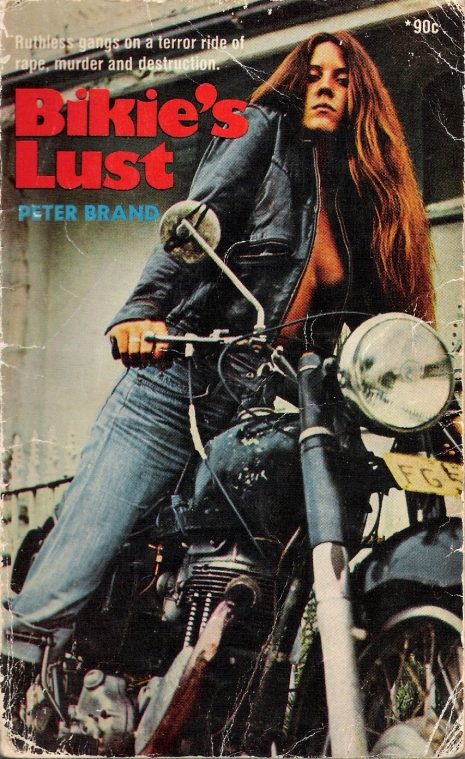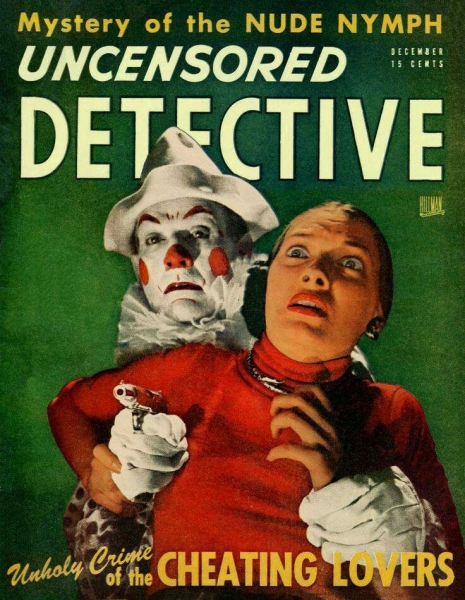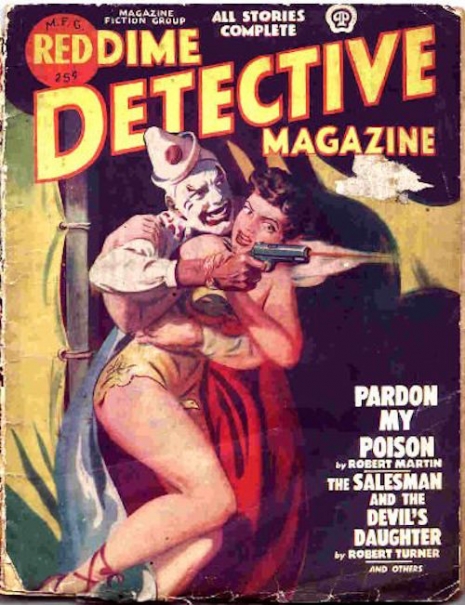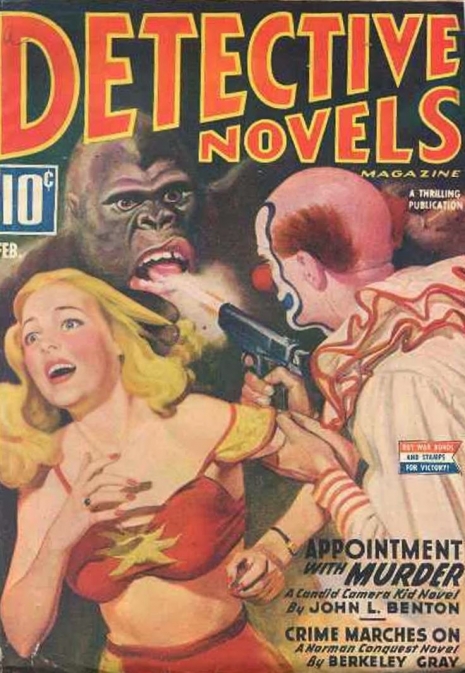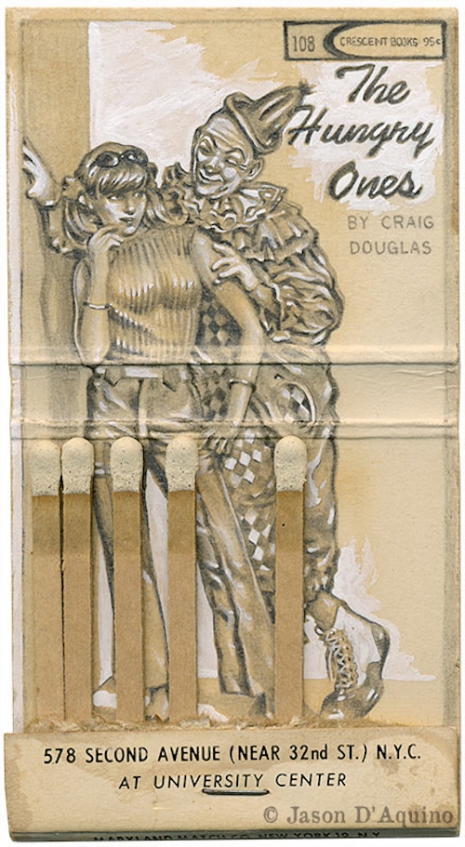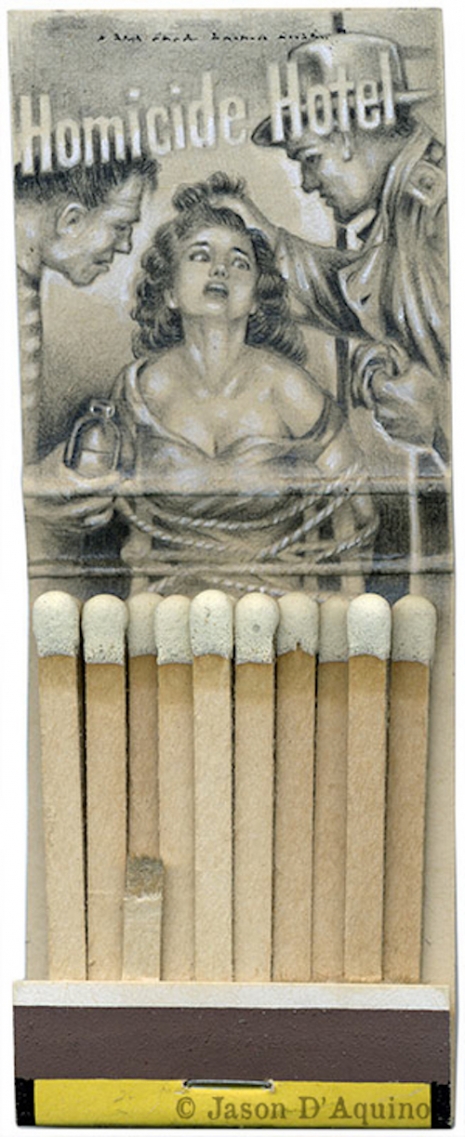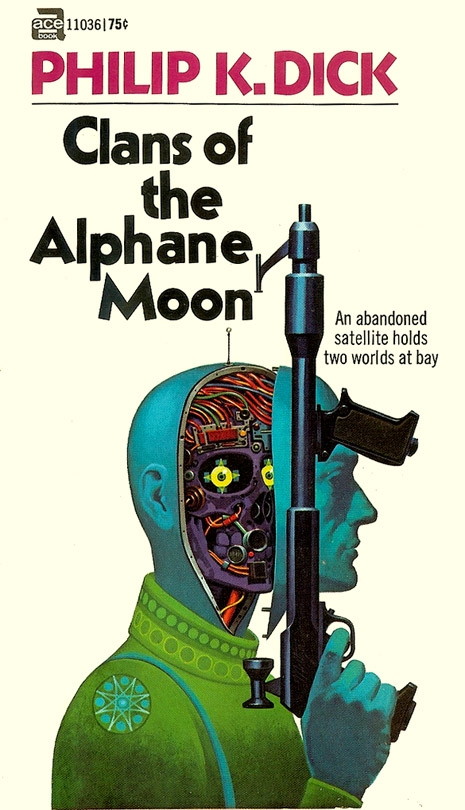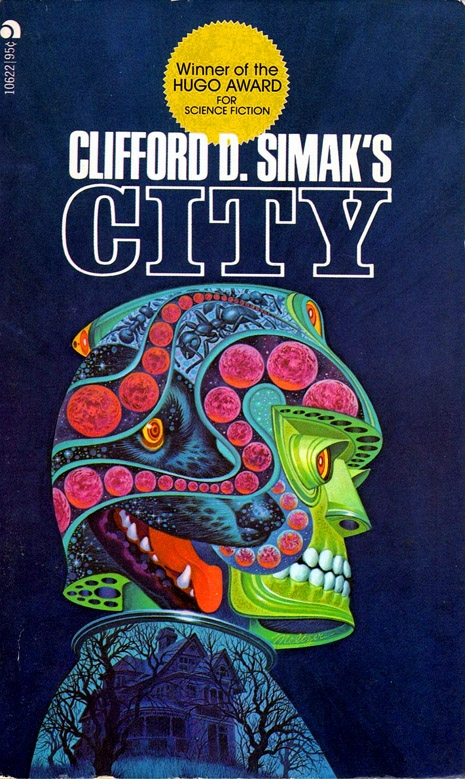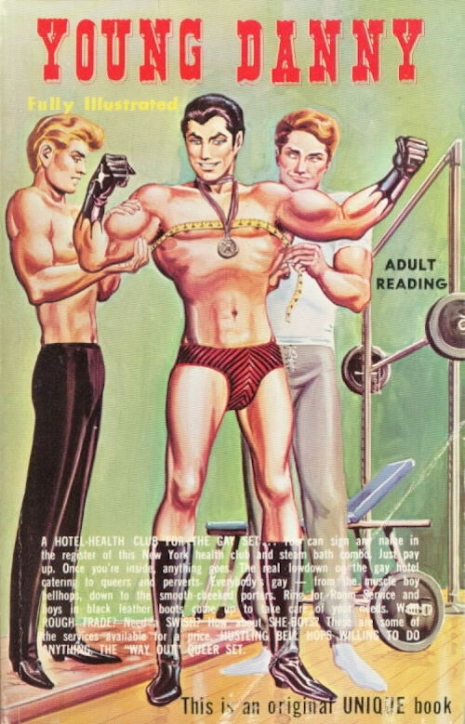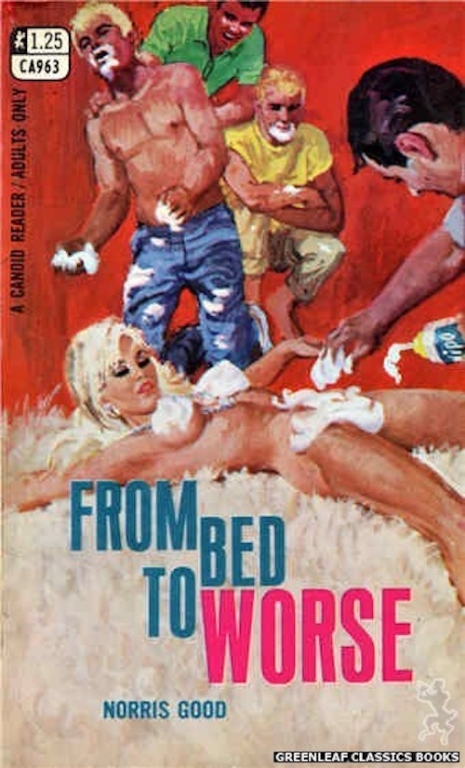
A cover painted by artist Robert Bonfils for a Greenleaf Classics Candid Reader, 1969.
For about a decade starting in the early 1960s, up until the time he retired from painting art used for pulp paperbacks and digests, Robert Bonfils (not to be confused with French artist Robert Bonfils), was employed by Greenleaf Publishing. Run by William Hamling, Greenleaf published many things including a vast number of adult-oriented books using art provided almost exclusively by Bonfils until the early 70s, paired with stories written by the wildly prolific, larger-than-life Harlan Ellison, who we just lost late last month, and Kurt Vonnegut.
During Greenleaf’s peak-adult pulp years, Hamling was known to keep his lawyer Stanley Fleishman on the payroll, as his adult books were a constant target of the morality police. While Nixon was occupying the White House in the early 1970s, he came hard for Hamling as did FBI head J. Edgar Hoover. For years Hamling fought lawsuit after lawsuit filed against Greenleaf by the Federal Government and won. Unfortunately an obscenity charge filed by the feds in 1974 did stick and Hamlin and his editor Earl Kemp were both convicted and spent time in federal prison.
Now, here’s the thing. I’m not here to tell you what is or is not obscene. This decision is up to you and you alone—and for sure it should not be up to the fucking government to decide. Of course history often tells a much different version of this battered old story concerning the First Amendment as it relates to freedom of speech and expression. At any rate, Greenleaf was forced to shut down, and the total cost of the books pulled from the shelves following the case equaled nearly a million dollars in sales as Greenleaf was and had been the top distributor of adult sex novellas since the mid-1950s.
Now let’s get to another reason Greenleaf’s books were so controversial—the graphic and shall we say sexually adventurous covers painted by Robert Bonfils. Bonfils was responsible for the vast majority of Greenleaf’s adult lit covers, producing as many as 50 a month starting sometime in the early 1960s. Even when he wasn’t painting strange sleaze for Greenleaf, his style was mimicked by other artists employed or freelancing for the publisher as “readers” responded so strongly to Bonfils’ nearly X-rated paintings for titles such as Dr. Dildo’s Delightful Machine, and God’s Little Orgy.
Which brings me to another point about many of Greenleaf’s adult books—THE TITLES. They are as hysterical as the deviant topics they mean to inform you about—case in point being 1971’s masterpiece of sleaze about swingers, Spicy Meatball Swap. As I mentioned, Bonfils retired from the pulp paperback game in the early part of the 1970s, but would remain a vibrant member of the San Diego Fine Art community where he still resides to this day. For the purpose of this post, I’ve included examples of Bonfils’ super-charged artwork for many of Greenleaf’s amusingly titled books below—all of it is NSFW. YAY!
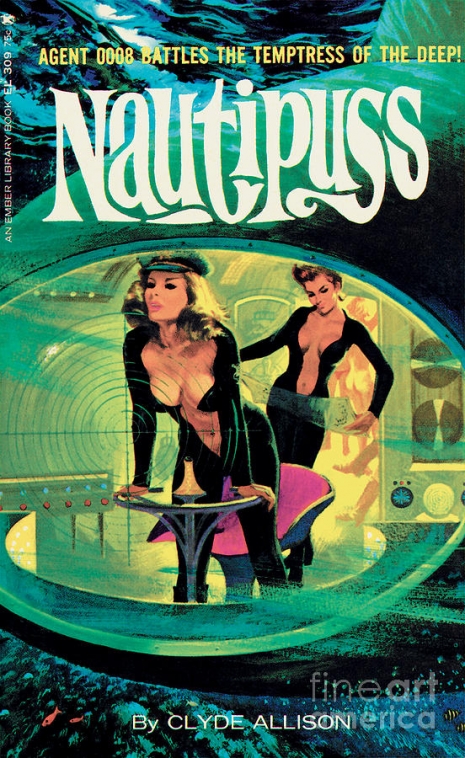
1965.

1965.
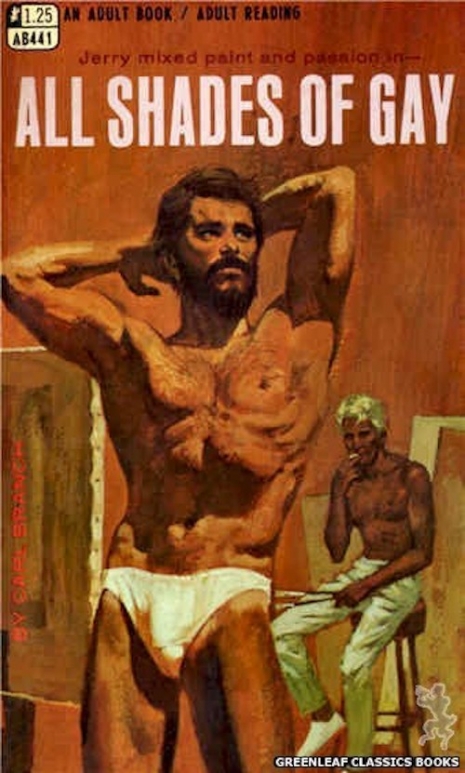
1968.
More after the jump…






